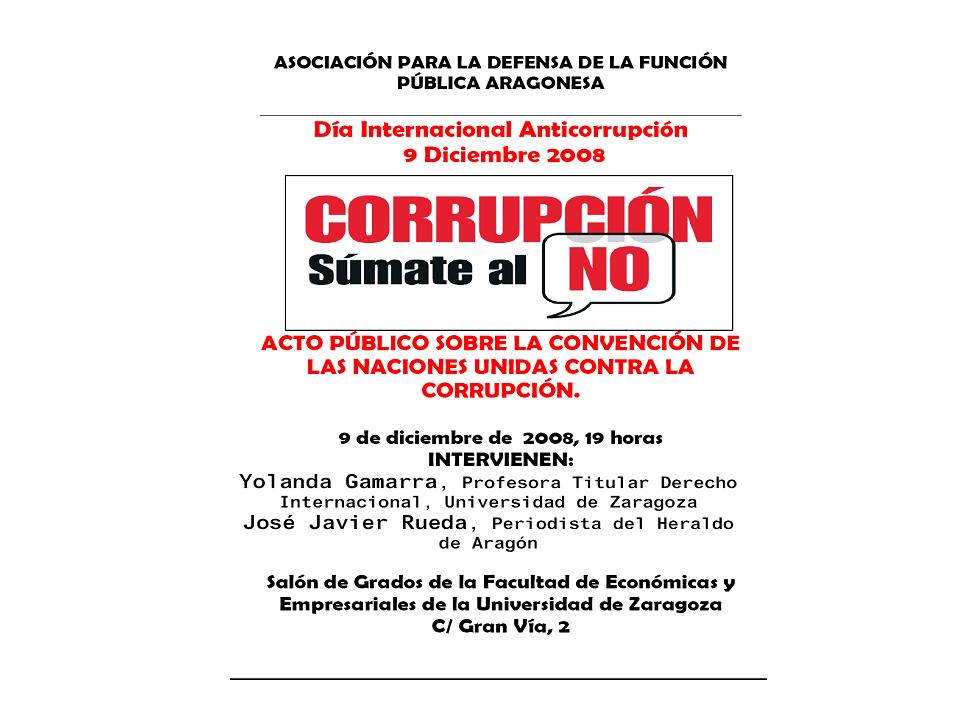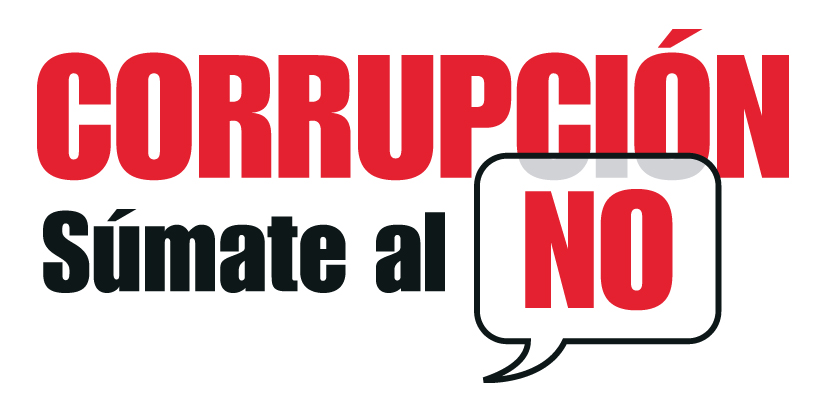Like the battle of Waterloo, the battle for Scotland was a damn close-run thing. The effects of Thursday’s no vote are enormous – though not as massive as the consequences of a yes would have been.
The vote against independence means, above all, that the 307-year Union survives. It therefore means that the UK remains a G7 economic power and a member of the UN security council. It means Scotland will get more devolution. It means David Cameron will not be forced out. It means any Ed Miliband-led government elected next May has the chance to serve a full term, not find itself without a majority in 2016, when the Scots would have left. It means the pollsters got it right, Madrid will sleep a little more easily, and it means the banks will open on Friday morning as usual.
But the battlefield is still full of resonant lessons. The win, though close, was decisive. It looks like a 54%-46% or thereabouts. That’s not as good as it looked like being a couple of months ago. But it’s a lot more decisive than the recent polls had hinted. Second, it was women who saved the union. In the polls, men were decisively in favour of yes. The yes campaign was in some sense a guy thing. Men wanted to make a break with the Scotland they inhabit. Women didn’t. Third, this was to a significant degree a class vote too. Richer Scotland stuck with the union — so no did very well in a lot of traditonal SNP areas. Poorer Scotland, Labour Scotland, slipped towards yes, handing Glasgow, Dundee and North Lanarkshire to the independence camp. Gordon Brown stopped the slippage from becoming a rout, perhaps, but the questions for Labour — and for left politics more broadly — are profound.
For Scots, the no vote means relief for some, despair for others, both on the grand scale. For those who dreamed that a yes vote would take Scots on a journey to a land of milk, oil and honey, the mood this morning will be grim. Something that thousands of Scots wanted to be wonderful or merely just to witness has disappeared. The anticlimax will be cruel and crushing. For others, the majority, there will be thankfulness above all but uneasiness too. Thursday’s vote exposed a Scotland divided down the middle and against itself. Healing that hurt will not be easy or quick. It’s time to put away all flags.
The immediate political question now suddenly moves to London. Gordon Brown promised last week that work will start on Friday on drawing up the terms of a new devolution settlement. That may be a promise too far after the red-eyed adrenalin-pumping exhaustion of the past few days. But the deal needs to be on the table by the end of next month. It will not be easy to reconcile all the interests – Scots, English, Welsh, Northern Irish and local. But it is an epochal opportunity. The plan, like the banks, is too big to fail.
Alex Salmond and the SNP are not going anywhere. They will still govern Scotland until 2016. There will be speculation about Salmond’s position, and the SNP will need to decide whether to run in 2016 on a second referendum pledge. More immediately, the SNP will have to decide whether to go all-out win to more Westminster seats in the 2015 general election, in order to hold the next government’s feet to the fire over the promised devo-max settlement. Independence campaigners will feel gutted this morning. But they came within a whisker of ending the United Kingdom on Thursday. One day, perhaps soon, they will surely be back.
(Artículo de Martin Kettle, publicado en "The Guardian" el 19 de septiembre de 2014)




1 comentario:
Los barómetros se realizan con una periodicidad mensual –excepto los meses de agosto– y tienen como principal objetivo medir el estado de la opinión pública española del momento. Para ello se entrevista en torno a 2.500 personas elegidas al azar dentro del territorio nacional, de las que, además de sus opiniones, se recoge una amplia información social y demográfica para el análisis.
Estos estudios contienen un bloque de preguntas fijas a partir de las cuales se elaboran los “indicadores del barómetro”. Además de estas, cada barómetro contiene otro bloque de preguntas variable, que en cada ocasión se dedica a un tema de interés político o social.
Los meses de enero, abril, julio y octubre los barómetros incluyen un conjunto de preguntas fijas sobre actitudes políticas a partir de las que el CIS calcula y publica la estimación de voto.
Los resultados de los barómetros mensuales se hacen públicos a través de la web del CIS inicialmente en formato de “avance de resultados”. Tras la finalización del resto de procesos técnicos, incluida la anonimización, los datos del estudio pasan a formar parte del Banco de Datos del CIS, momento en el que ya podrá descargarse de la página web el fichero de microdatos del estudio y el resto de la documentación asociada.
Publicar un comentario